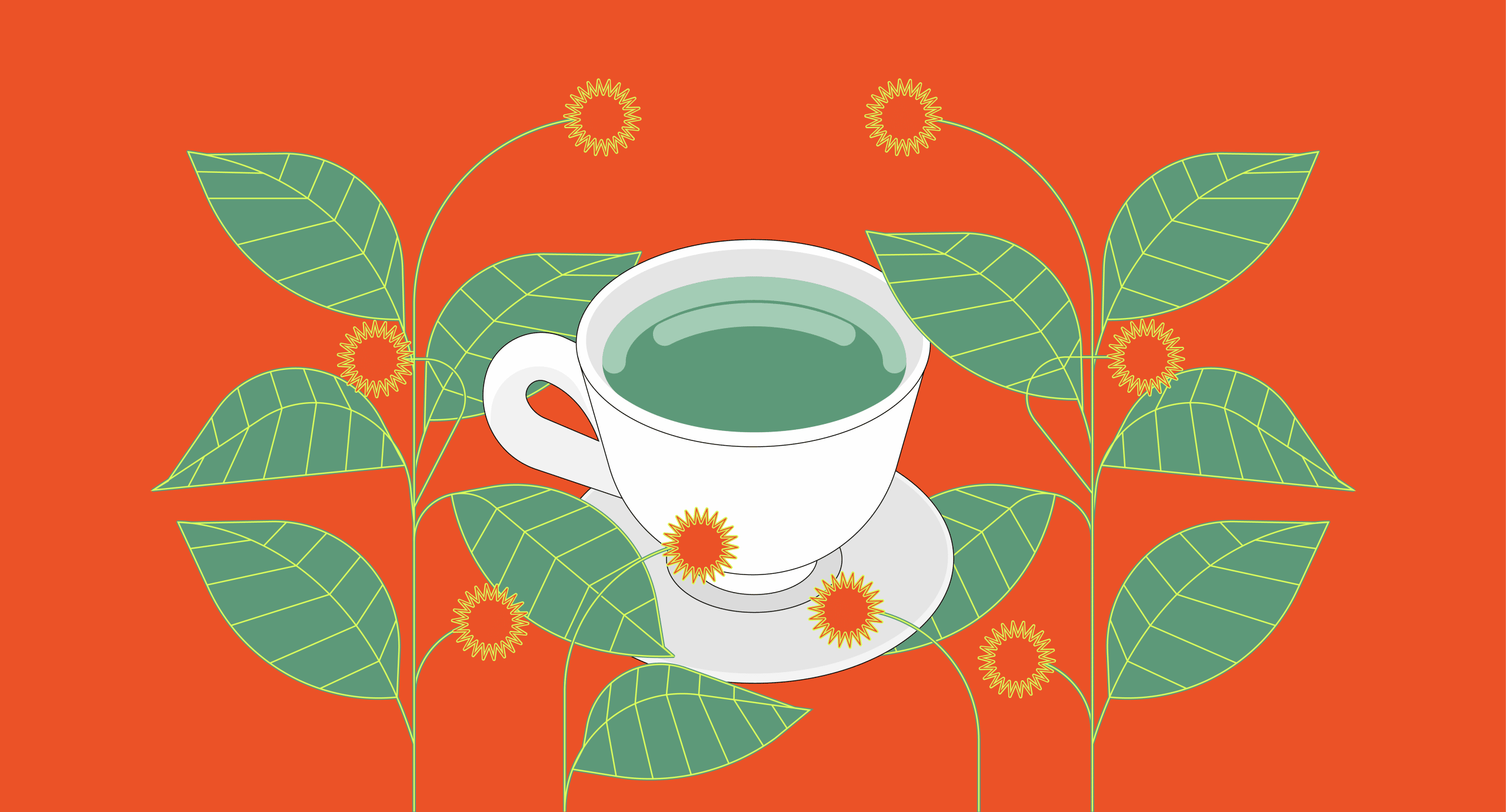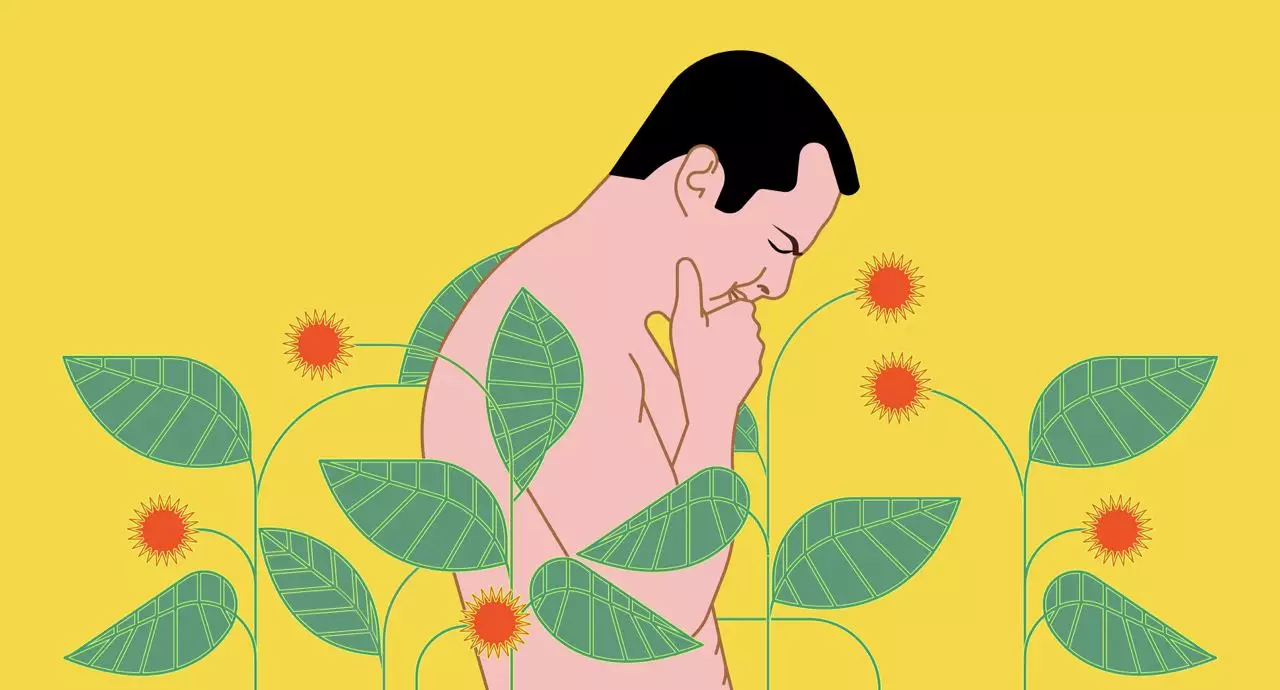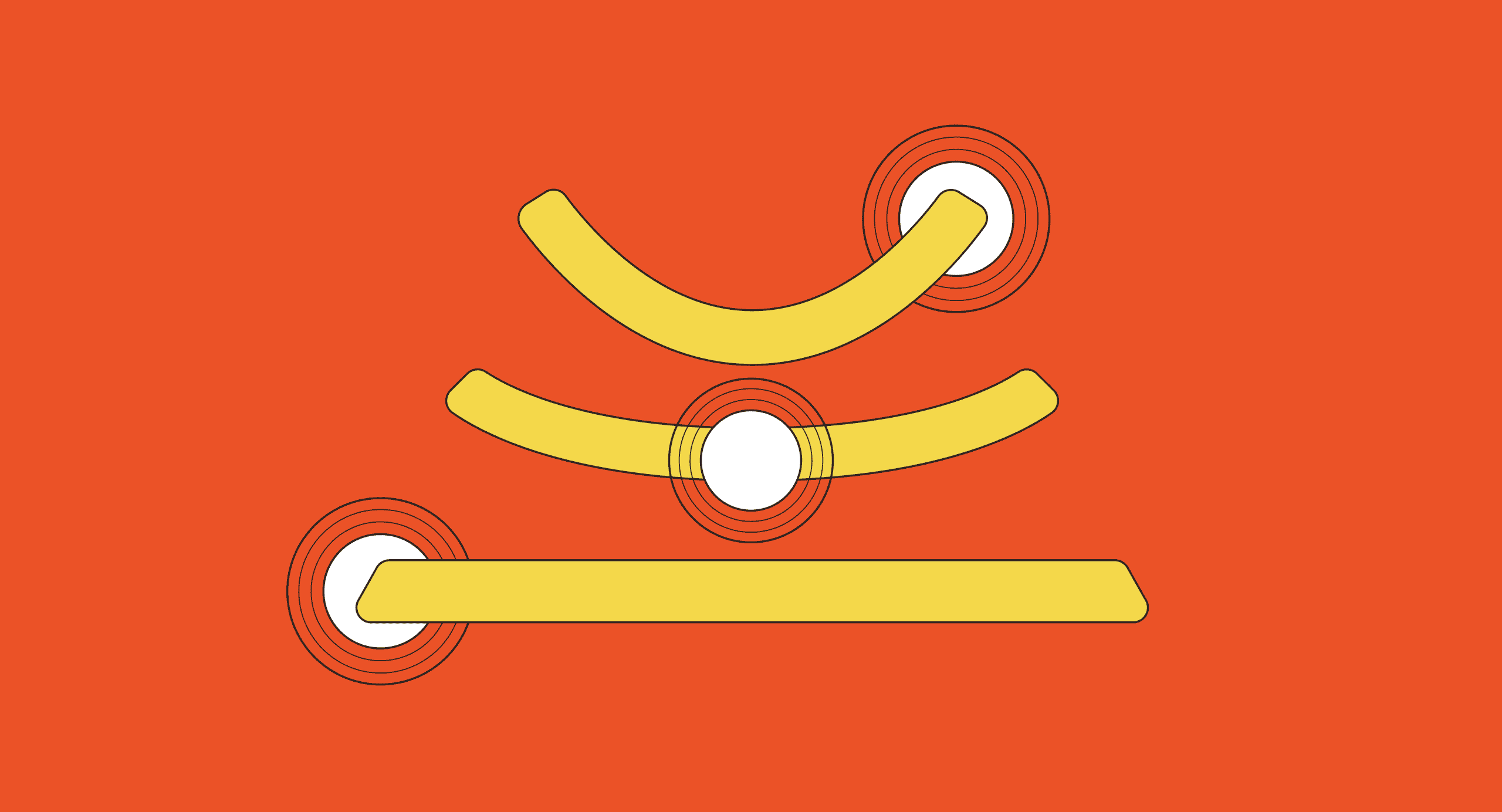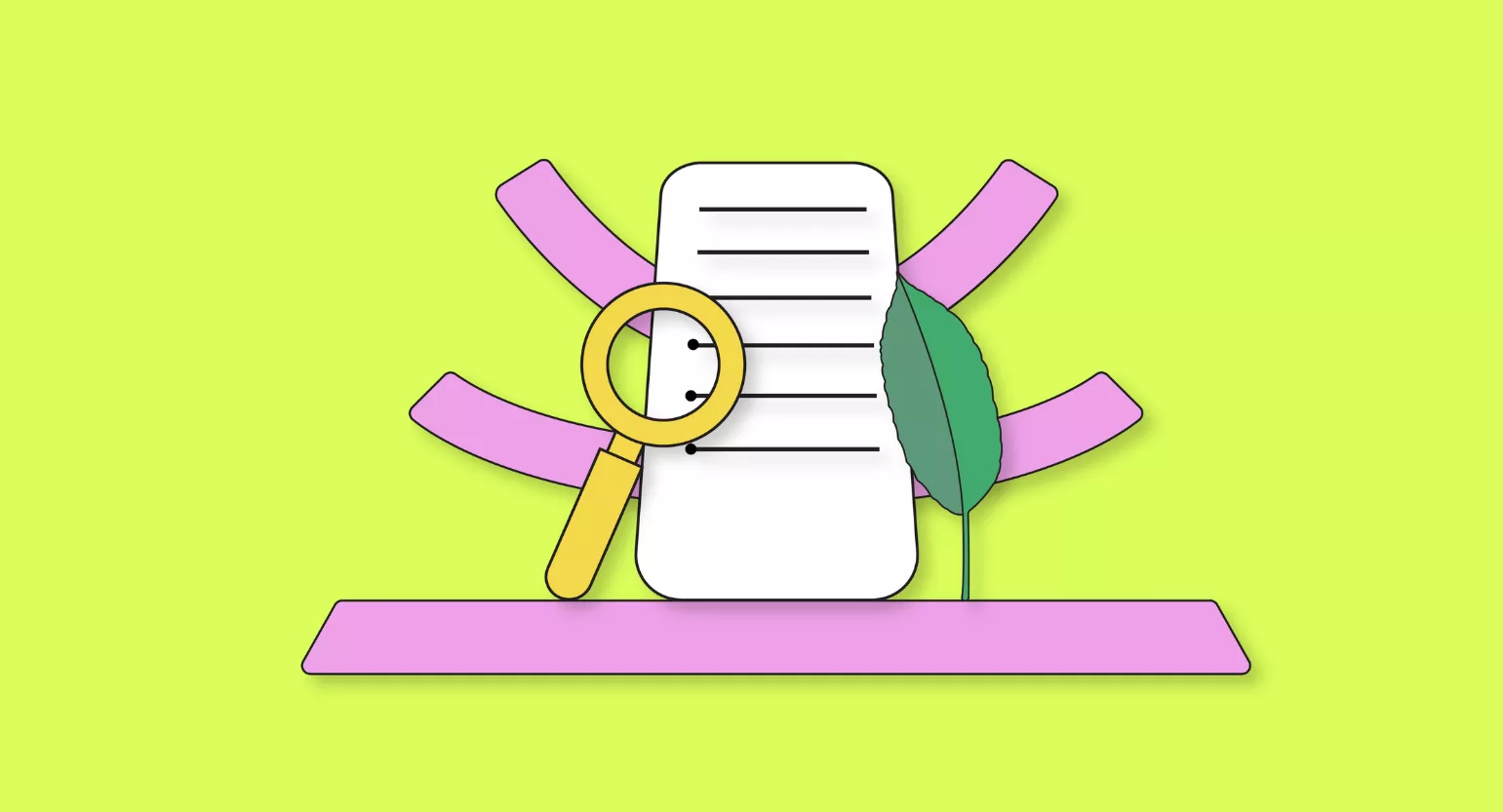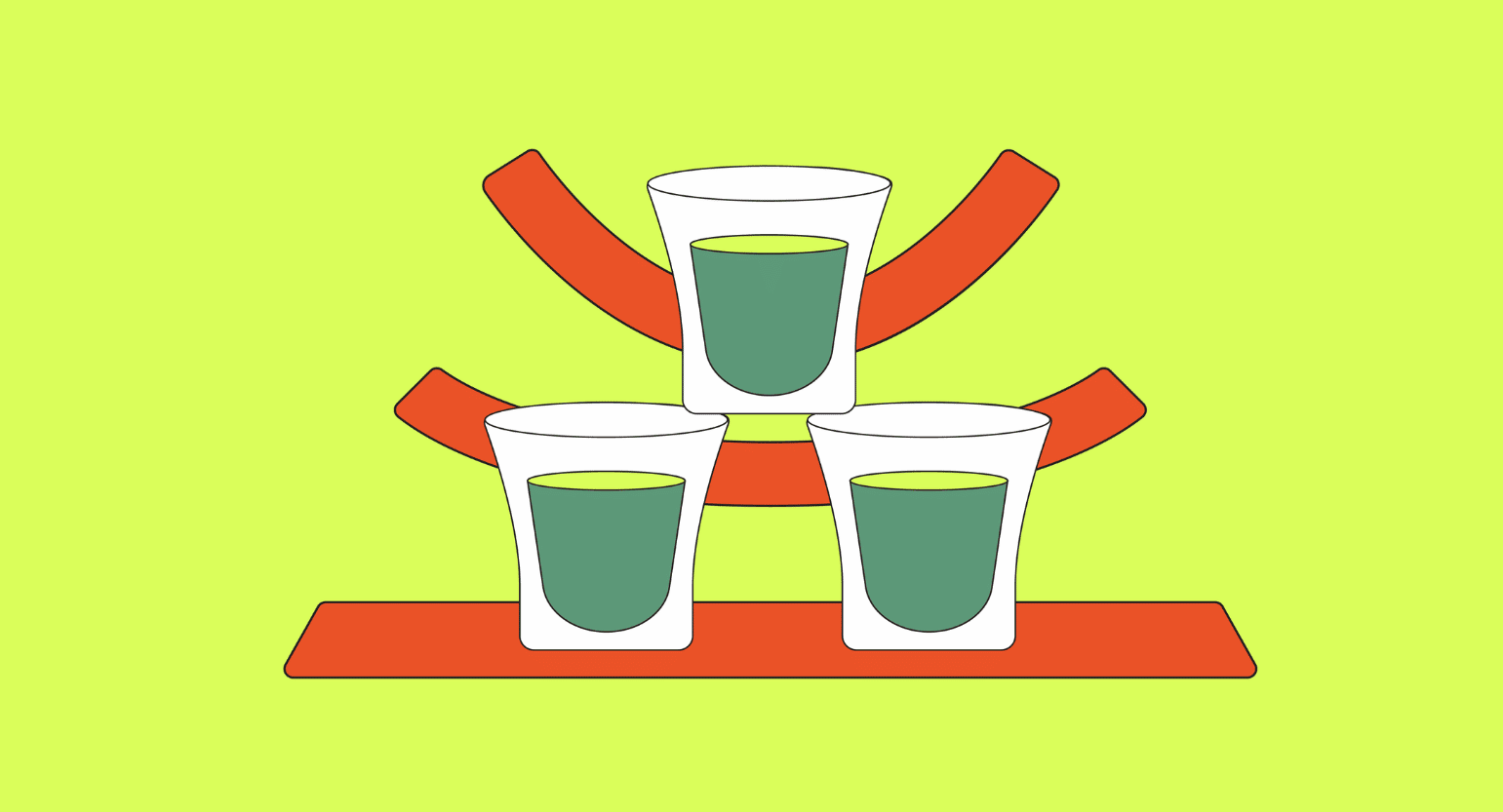What Is Kratom?
Kratom is an evergreen tree indigenous to Southeast Asia.
People most often consume it in powder form and praise it for its nootropic effects and euphoric effects.
Kratom affects the body as opiates do — by interacting with opioid receptors and interrupting the natural pain pathway.
Unlike opiates, kratom also interacts with other receptors, including noradrenaline, serotonin, dopamine, and more. This herb acts like an opiate in some ways and a benzodiazepine or antidepressant in others.
Can Kratom Help With Benzodiazepine Withdrawal?
Benzo withdrawal symptoms vary significantly depending on the length of use, the dose, and individual factors like metabolism and general health status.
Some individuals find that kratom can help limit mild to moderate benzo withdrawal symptoms, especially anxiety and insomnia.
The idea is that kratom may help offset some of the uncomfortable side effects of withdrawal — thus reducing the chances of a relapse.
Red-vein kratom, in particular, is known to produce a calming effect in the body and most closely mimics opiates. It can help the user sleep and might help limit anxious feelings and panic attacks.
It’s important to note that kratom is only recommended for mild benzo withdrawal symptoms. Severe withdrawal can be fatal and should always be treated by a medical professional.
Kratom is not a safe option for withdrawal symptoms following severe benzo addiction.

What Do Benzodiazepines Do?
Benzodiazepines essentially “supercharge” GABA — which is the primary neuroinhibitor in the brain.
When GABA is active, cells are less likely to fire an action potential, heavily suppressing the central nervous system. This is why benzos are so good for states of excess neurological activity such as anxiety or seizures.
This ability to “quiet the mind” is also why benzos are so effective for promoting sleep.
This is similar to the effects of alcohol but on a much more powerful level. The parasympathetic nervous system takes over once the central nervous system is suppressed, alleviating anxiety.
What Makes Benzodiazepines So Addictive?
Benzodiazepines are highly addictive because of how significantly they alter brain chemistry.
Benzos push on the GABA pathway with so much force; the body will immediately try to resist their effects by altering the target receptors.
GABA receptors will be blocked or hidden in the cell walls in an attempt to counteract the effects of the benzos. As these receptors are hidden, we need to take more benzos to the same intensity of effects. The body then responds by hiding even more of these receptors.
Eventually, we reach a point where we don’t have enough GABA receptors to function normally without the drug. As soon as the drug wears off, we fall out of balance because of a lack of GABA — which results in the side effects of withdrawal (anxiety, stimulation, insomnia, muscle tension, seizures, etc.).
Benzos are very rarely prescribed for longer than 14 days because of how addictive these substances are.
List of Common Benzodiazepines
- Alprazolam (Xanax, Xanax XR, Gabazolamine-05, Niravam)
- Chlordiazepoxide (Librium)
- Clonazepam (Klonopin, Klonopin Wafers)
- Clorazepate (Tranxene, Tranxene SD, Tranxene T-Tab, Gen-Xene)
- Diazepam (Valium, Diastat, Diastat AcuDial, Diazepam Intensol)
- Estazolam (Prosam)
- Flurazepam (Dalmane)
- Lorazepam (Ativan, Lorazepam Intensol)
- Midazolam (Versed)
- Oxazepam (Serax)
- Quazepam (Doral)
- Temazepam (Restoril)
- Triazolam (Halcion)
Is It Safe To Take Benzodiazepines With Kratom?
Generally speaking, consuming benzos with any drug, natural or synthetic, is not recommended.
Mixing kratom and benzos increases the risk of side effects from both substances.
A series of enzymes called cytochrome P450 isoenzymes are responsible for clearing all drugs that enter the body.
The cytochrome P450 enzymes are crucial for purging your body of benzodiazepines, but other drugs will compete for their attention too. This can slow the metabolism of benzos, causing them to remain in higher concentrations in the body for longer periods of time.
Kratom is well-known to affect the CYP450 enzymes — especially the CYP3A4 isoenzyme, which also just so happens to be the same one used to metabolize benzos.
The delayed breakdown of both substances in the liver due to competition could increase the chances of side effects from both substances.
Possible Side Effects of Mixing Benzos & Kratom
- Dizziness
- Dry mouth
- Foggy mind
- Gastrointestinal distress
- Lightheadedness
- Low blood pressure
- Nausea
- Severe drowsiness and sedation
Though again, it’s best to check with your doctor before mixing the two, as more severe symptoms are possible.
Kratom for Benzo Withdrawal: How It Works
Benzo withdrawal is exceptionally challenging and one of the only types of withdrawal that can be lethal without medical oversight.
For milder forms, some individuals seek natural ways to limit the symptoms to reduce the temptation to relapse.
The basis of benzo withdrawal is an inability of the body to inhibit neurological activity. An absence of GABA causes the central nervous system to go haywire, which is what causes the majority of side effects (anxiety, insomnia, seizures).
Kratom works because it has an inhibitory action on the central nervous system — helping to cut back on some of this overstimulation from the withdrawal.
While kratom can be helpful, it will only mitigate some of the many uncomfortable symptoms.
Kratom is more effective for people overcoming opioid addiction. It triggers opioid receptors similarly to how opiates do. This directly mitigates withdrawal effects from opiate drugs and can be used to help people wean off prescription or illicit opiates.
Let’s explore some of the ways kratom can help alleviate the side effects of benzo withdrawal:
Kratom May Alleviate Anxious Side Effects
The main side effect of benzo withdrawal is overstimulation and anxiety.
Kratom is useful because it helps users relax — thus reducing the chances of relapsing because of stress and anxiety. While kratom will never provide the same relaxation, it can help take the edge off.
Larger doses of kratom (5–10 g) are unusually needed to get the relaxing effects from kratom.
Kratom May Help Alleviate Chronic Pain
One of the most reliable effects of kratom is its ability to reduce pain.
While pain isn’t a hallmark side effect of benzo withdrawal, it can cause headaches and muscle aches in some people.
Additionally, people with unrelated pain conditions may feel especially prone to relapse while going through benzo withdrawal. Kratom can help minimize this added stress and increase the chances of weaning off entirely.
Kratom May Improve Sleep
A key side effect of benzo withdrawal is insomnia. Without enough GABA to inhibit neurological activity, it becomes almost impossible to fall asleep.
Kratom is a sedative in higher doses and may be able to override or reduce the negative effects of benzo withdrawal on sleep.
Opt for a red vein kratom or one of the more powerful green vein kratom strains such as green Maeng Da for this effect.
Related: Best Kratom Strains for Sleep.

What’s The Best Kratom For Benzo Withdrawal?
When using kratom to support benzo withdrawal, it’s crucial to choose the right strain.
The problem is that kratom can be stimulating, which would make benzo withdrawal symptoms worse. You’ll want to make sure to only use sedative strains of kratom at a relatively high dose to avoid the stimulating side effects.
There are three types of kratom strains: red-vein, white-vein, and green-vein.
Red-vein kratom is the strongest neuroinhibitor and the only one recommended for benzo withdrawal. These strains are notoriously heavy and sedating, which makes them a decent option for benzo withdrawal.
White-vein kratom is much more stimulating and should be avoided.
Green vein kratom shares qualities of both but should be avoided unless you’re using a particularly sedative strain. If you’re not sure, it’s best to stick to a red vein.
Below are the best red-vein strains for benzo withdrawal.

Red Bali Kratom
Red Bali kratom is one of the most potent red-vein varieties, making it the ideal choice for benzo withdrawal.
Red Bali, in large doses, is a powerful sedative and pain reliever. Its sedative properties make it a good option for assisting the user in sleep, especially if they have insomnia.
Red Bali can also induce euphoria, helping curb the cravings for more benzos.
→ Find This Strain on Star Kratom.

Red Thai Kratom
Red Thai kratom is well-known for reducing feelings of anxiety, which can help with benzo withdrawal by providing temporary relief from anxious or panicky feelings.
Red Thai kratom taken in larger doses is a powerful painkiller and mood booster, so it will help reduce headaches, muscle pain, and cravings.
→ Find This Strain on VIP Kratom.

Red Borneo Kratom
Red Borneo Kratom is one of the more potent strains for alleviating physical pain, making it an excellent option for those who get severe headaches during benzo withdrawal.
This strain is also a potent sedative and mood booster, so it can help avoid benzo cravings and keep anxiety and panic attacks at bay while you recover.
Red Vein Borneo is also an excellent option for those who find it challenging to get to sleep. Especially in larger doses, it suppresses the central nervous system and can mildly mimic the effects of benzos.
→ Find This Strain on Kona Kratom.
What’s The Dose of Kratom For Benzo Withdrawal?
In general, people who take kratom for benzo withdrawal symptoms opt for a dose between 4 and 10 grams.
Dosing kratom can be challenging, especially for those who haven’t used the herb before. It’s recommended that you avoid using kratom for benzo withdrawal if you’ve never used the herb before.
If you take a small dose, you’re more likely to feel the stimulating effects. Higher doses are needed to reach the sedative or relaxing effects. However, take too much, and you’ll feel nauseous and dizzy for a while — which isn’t going to do you any favors.
You can use our kratom dosage calculator to find the ideal starting dose based on your weight and the desired intensity of effects.
Potential Side Effects & Risks of Kratom
You might experience some side effects from taking kratom for benzo withdrawal, especially since you need a larger dose.
During benzo withdrawal, the central nervous system is overwhelmed by the constant firing of neurons it had previously suppressed. Any substance that pushes the system further by stimulating these neurons can make the withdrawal symptoms even more severe.
Note that stimulating strains of kratom will enhance the unwanted experience of withdrawal.
Even if you take a sedative strain, there are still some potential side effects of using kratom to watch out for. This is why it’s not a good idea to use kratom for the first time while withdrawing from benzos. You should already know how your body responds to kratom before using it for this application.
Nausea
Kratom can cause nausea, especially in large doses.
You’ll generally want to take kratom in higher doses to leverage the sedative effects when you’re taking kratom for benzo withdrawal. As such, the possibility of experiencing nausea is high.
For most users, kratom’s positive effects far outweigh the negatives.
If you feel nauseous, try making some ginger tea and lying down for a while. Use a smaller dose the next time to avoid this effect.
Dizziness
Kratom naturally lowers your blood pressure, which can cause dizziness in some users. Again, this is more common in large doses, so you’ll likely experience dizziness or lightheadedness when taking the above-average amount needed for benzo withdrawal.
To mitigate this side effect, make sure you drink plenty of water and eat enough throughout the day.
Anxiety & Stimulation
Finally, large doses of kratom can trigger feelings of anxiety in some people. This is the most concerning side effect when using kratom for benzo withdrawal because it will directly worsen symptoms of the withdrawal.
The best way to avoid anxiety is to choose a decent sedative strain (red vein kratom) and use doses between 4 and 8 grams.
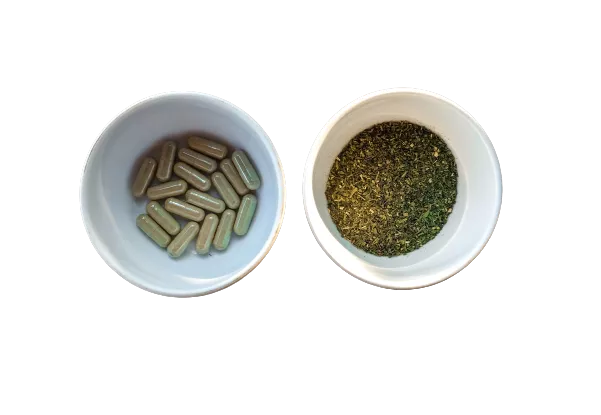
Comparing The Top Kratom Brands
| Top Kratom Vendors | Pros | Cons | Coupon Codes & Discounts |
| Kona Kratom | • Extensive product lineup • Fresh batches • Consistently high product potency • Exceptionally fast shipping • AKA certified | • Only ships within the US | Use KRATOMORG for 15% off |
| Star Kratom | • Most Affordable • Selection of rare kratom strains • AKA certified | • Less selection than other popular vendors | Use KRATOMORG for 10% off |
| VIP Kratom | • Specializes in premium kratom • Options for capsules & raw powder for most strains • AKA certified | • Premium products mean premium pricing | Use KRATOM10 for 10% off |
Key Takeaways: Can Kratom Help With Benzo Withdrawal?
Benzo withdrawal can be painful on a physical and mental level, and it can be dangerous and even fatal if your symptoms are severe. As such, you must seek medical attention for anything more than mild withdrawal symptoms.
For less severe withdrawal, sedative strains of red-vein kratom can help alleviate some symptoms, although it won’t cure cravings entirely or produce the same sedation that benzo users often desire.
The correct strain in relatively high doses can reduce headaches and muscle aches associated with withdrawal, help users who have insomnia get to sleep, and reduce anxiety and panic attacks.




